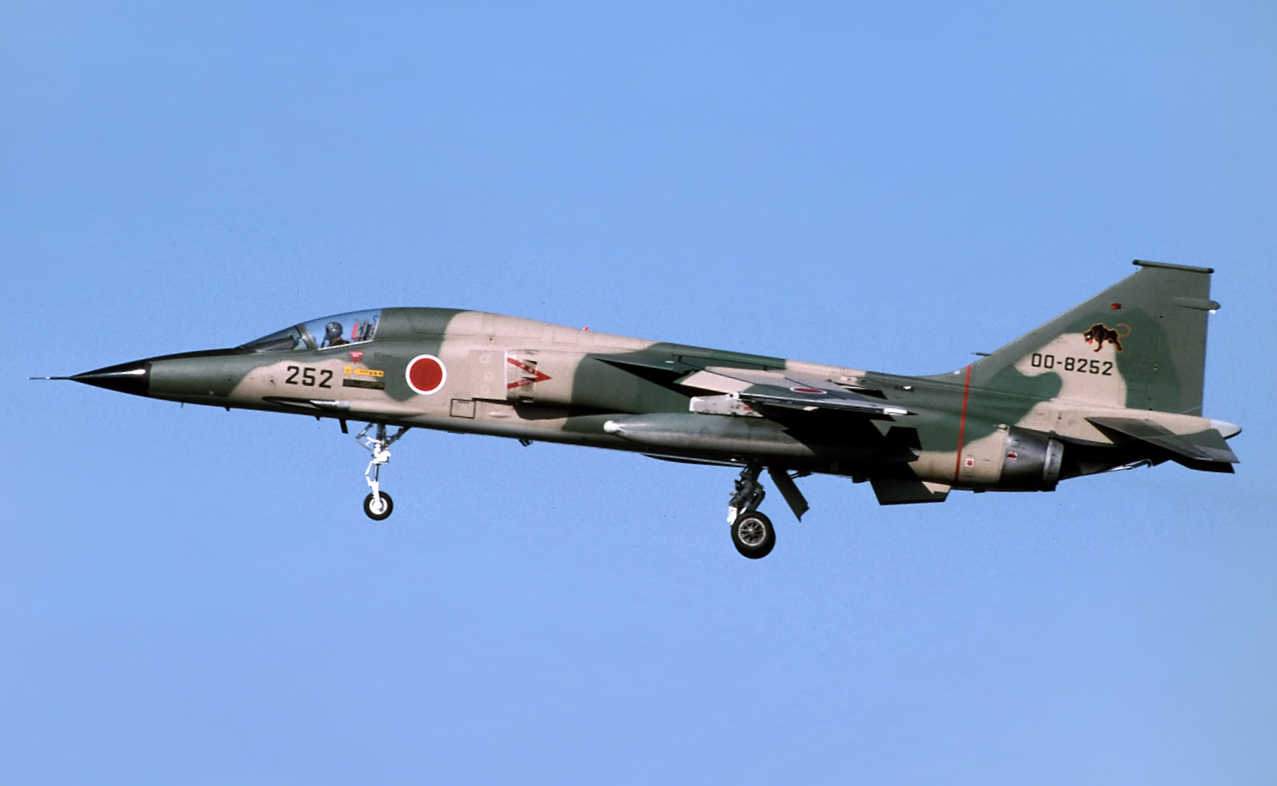Here are some pictures of the progress of the painting process
the full Special painting will be post on the 20/10/2020
We would like to thank http://platz-hobby.com who sent us sample kit For FULL review
Here are some pictures of the progress of the painting process


the full Special painting will be post on the 20/10/2020
We would like to thank http://platz-hobby.com who sent us sample kit For FULL review
History and extensive information about the aircraft and technical and general information
The Mitsubishi F-1 is Japan’s first domestically developed and built supersonic military jet. It was nicknamed “Supersonic Rei-Sen“(Rei-Sen being the Japanese term for Mitsubishi’s famed A6M “Zero” fighter of WWII). Mitsubishi Heavy Industries and Fuji Heavy Industries jointly developed the F-1.At first glance, it somewhat resembles the French/Anglo SEPECAT Jaguar, but was a completely independent Japanese effort (although it uses the same engines). Its primary role is anti-ship attack with a secondary ground attack role. It can carry AIM-9 Sidewinder missiles for self-defense.
In the mid 1960s, the Japan Air Self-Defense Force (JASDF) commenced studies into an advanced jet trainer which could also be modified to serve in the ground attack and anti-shipping roles. After considering license production of the T-38 Talon and SEPECAT Jaguar, Japan decided to develop its own trainer, the supersonic Mitsubishi T-2, this first flying on 20 July 1971. Cost over-runs in the T-2 program led to the proposed single seat attack version almost being abandoned, but the cancellation of the Kawasaki P-XL, the planned replacement for Japan’s Kawasaki P-2J maritime patrol aircraft freed-up funds, while making it important to keep Japan’s aviation industry employed, and contracts were awarded for the development of the attack version as the FS-T2kai in 1973.
The new aircraft was a minimum change derivative of the T-2, with the rear cockpit being converted to an avionics bay by removing the rear seat, and replacing the canopy with a simple unglazed access hatch. Two additional hardpoints were fitted under the wing to allow carriage of a heavier weapon load, and the avionics were improved, with a new J/AWG-12 radar set, similar to that fitted in British Royal Air Force F-4M Phantom fighter jets.This set provides ranging information. Aside from the avionics changes, deletion of the rear seat, and new one-piece canopy, the only other major change from the T-2 was the strengthening of the airframe to enable it to carry a larger weapons load than the T-2. The F-1 is fitted with an internally mounted 20 mm JM61A1 Vulcan cannon with 750 rounds of ammunition. The aircraft also has seven external hardpoints for the carriage of a wide variety of stores. The fuselage hardpoint and inboard pair of underwing hardpoints are “wet”, which means they can be used to carry external fuel tanks to increase the aircraft’s range. The primary weapon of the F-1 is the ASM-1 and the newer ASM-2 long-range anti-ship missile. This weapon is roughly in the class of the American AGM-84 Harpoon or French AM.39 Exocet. Other weapons carried include the all-aspect short-range heat-seeking AIM-9 Sidewinder air-to-air missile for air-to-air combat. This weapon is carried on the wingtip rails usually, but it can also be carried on the outboard underwing hardpoints for the F-1’s secondary air defense role. Other air-to-ground weapons carried include rocket pods (JLAU-3/A) of 70 mm (2.75 in) size as well as bombs of 227 kg (500 lb) and 340 kg (750 lb) in size (Mk82 and M117 respectively). In addition, the Mk-82 and M117 bombs can be fitted with infrared guidance kits, turning them into precision-guided weapons that home in on heat radiation emitted from seaborne targets such as ships or other ground-based targets. When fitted with this kit, the bomb becomes known as GCS-1.
The F-1 was replaced by the F-2 (Japan/U.S. developed, based on F-16C/D), as well as upgraded F-4EJ “Kai” Phantom IIs. The last six active F-1s, based at Tsuiki in Fukuoka Prefecture, were retired on 9 March 2006, having reached the 4,000 hour limit of their airframes.
Data from Mitsubishi’s Sabre Successor
General characteristics
Performance
Armament

*************************************************************************************
FULL BOX AND ART BOX +BOX OF THE KIT AND SIDE views

FULL instructions
FULL KIT PARTS
Review Summary
After 29 years in which he defended and attacked enemies and opponents in important missions and military operations and wars throughout the years received great honor and gained a great reputation and stood bravely against the stronger and faster than him and carried out his task uncompromisingly and without discounts and with a very fast engine even today and with the ability to carry missiles Strong and heavy weapons that were his main weapon of defense and assault during the time of military service is a tough and fearless adversary and won in difficult and dangerous battle arenas and thanks to long wings and a large back wing and a powerful engine that can reach a very large flight speed of about 1700 km gave him important advantages even in full training, is a very strong and impressive combat support. The picture is impressive and beautiful with a multicolored inscription that combines a quality product packaging and is very easy to open. The packing is tough and strong relative to the size of the kit. The color of the kit is brilliant gray and gives a great base for high quality paint. It is recommended to buy high quality or strong colors to get a realistic and beautiful finish. The assembly is very easy and convenient. And suitable for age 15 and over, this product gives great value for money, fun and very enjoyable
I would like to thank the manufacturer platz-hobby who sent me this sample for full review
***Highly recommended***
You must be logged in to post a comment.